Shengli Xie
FedMSGL: A Self-Expressive Hypergraph Based Federated Multi-View Learning
Mar 12, 2025Abstract:Federated learning is essential for enabling collaborative model training across decentralized data sources while preserving data privacy and security. This approach mitigates the risks associated with centralized data collection and addresses concerns related to data ownership and compliance. Despite significant advancements in federated learning algorithms that address communication bottlenecks and enhance privacy protection, existing works overlook the impact of differences in data feature dimensions, resulting in global models that disproportionately depend on participants with large feature dimensions. Additionally, current single-view federated learning methods fail to account for the unique characteristics of multi-view data, leading to suboptimal performance in processing such data. To address these issues, we propose a Self-expressive Hypergraph Based Federated Multi-view Learning method (FedMSGL). The proposed method leverages self-expressive character in the local training to learn uniform dimension subspace with latent sample relation. At the central side, an adaptive fusion technique is employed to generate the global model, while constructing a hypergraph from the learned global and view-specific subspace to capture intricate interconnections across views. Experiments on multi-view datasets with different feature dimensions validated the effectiveness of the proposed method.
Generative Diffusion-based Contract Design for Efficient AI Twins Migration in Vehicular Embodied AI Networks
Oct 02, 2024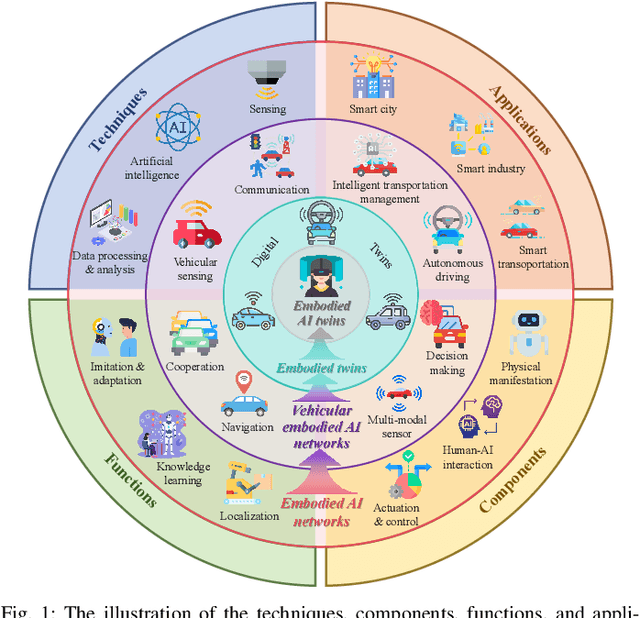
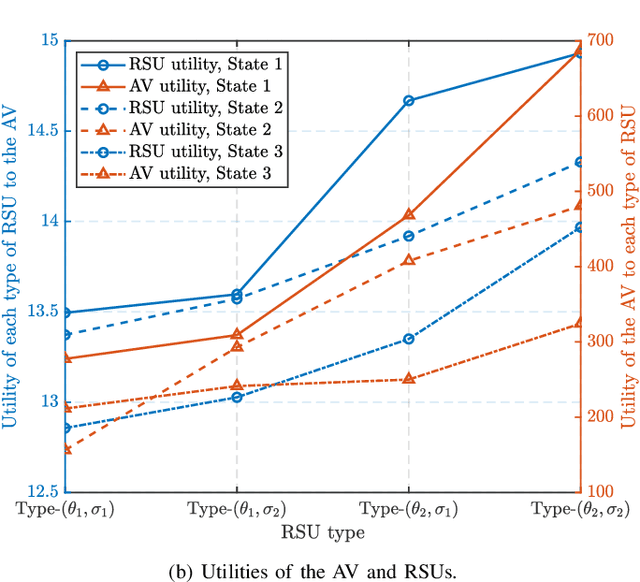
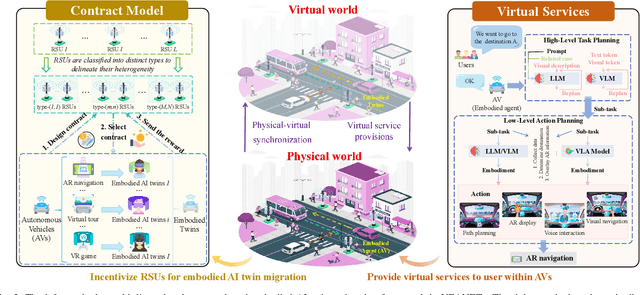
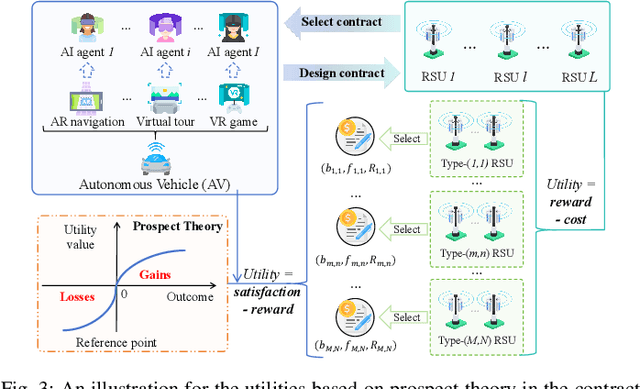
Abstract:Embodied AI is a rapidly advancing field that bridges the gap between cyberspace and physical space, enabling a wide range of applications. This evolution has led to the development of the Vehicular Embodied AI NETwork (VEANET), where advanced AI capabilities are integrated into vehicular systems to enhance autonomous operations and decision-making. Embodied agents, such as Autonomous Vehicles (AVs), are autonomous entities that can perceive their environment and take actions to achieve specific goals, actively interacting with the physical world. Embodied twins are digital models of these embodied agents, with various embodied AI twins for intelligent applications in cyberspace. In VEANET, embodied AI twins act as in-vehicle AI assistants to perform diverse tasks supporting autonomous driving using generative AI models. Due to limited computational resources of AVs, these AVs often offload computationally intensive tasks, such as constructing and updating embodied AI twins, to nearby RSUs. However, since the rapid mobility of AVs and the limited provision coverage of a single RSU, embodied AI twins require dynamic migrations from current RSU to other RSUs in real-time, resulting in the challenge of selecting suitable RSUs for efficient embodied AI twins migrations. Given information asymmetry, AVs cannot know the detailed information of RSUs. To this end, in this paper, we construct a multi-dimensional contract theoretical model between AVs and alternative RSUs. Considering that AVs may exhibit irrational behavior, we utilize prospect theory instead of expected utility theory to model the actual utilities of AVs. Finally, we employ a generative diffusion model-based algorithm to identify the optimal contract designs. Compared with traditional deep reinforcement learning algorithms, numerical results demonstrate the effectiveness of the proposed scheme.
Blockchain-based Pseudonym Management for Vehicle Twin Migrations in Vehicular Edge Metaverse
Mar 22, 2024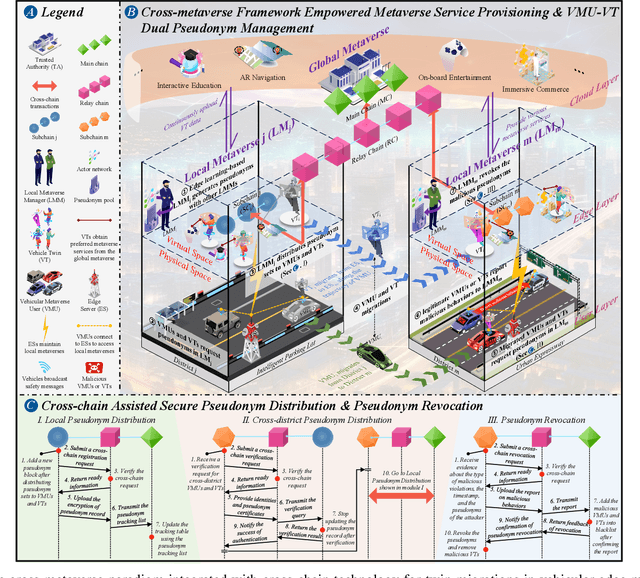
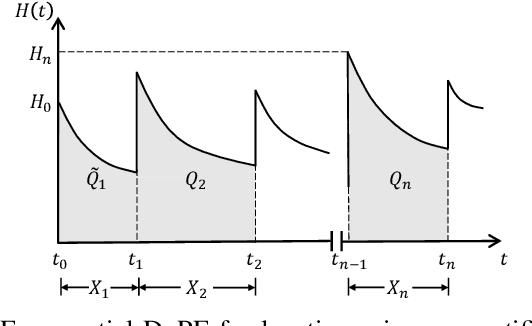
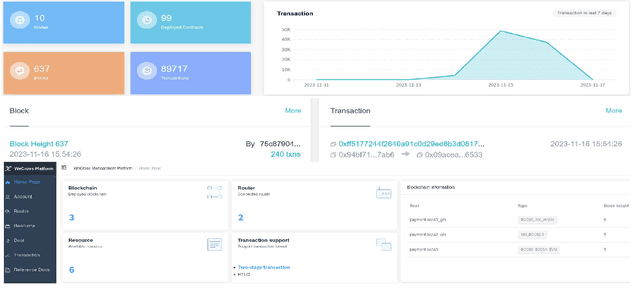
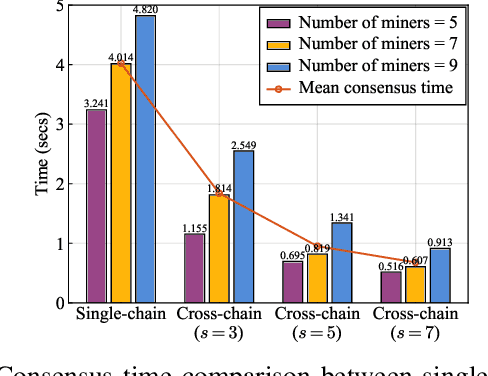
Abstract:Driven by the great advances in metaverse and edge computing technologies, vehicular edge metaverses are expected to disrupt the current paradigm of intelligent transportation systems. As highly computerized avatars of Vehicular Metaverse Users (VMUs), the Vehicle Twins (VTs) deployed in edge servers can provide valuable metaverse services to improve driving safety and on-board satisfaction for their VMUs throughout journeys. To maintain uninterrupted metaverse experiences, VTs must be migrated among edge servers following the movements of vehicles. This can raise concerns about privacy breaches during the dynamic communications among vehicular edge metaverses. To address these concerns and safeguard location privacy, pseudonyms as temporary identifiers can be leveraged by both VMUs and VTs to realize anonymous communications in the physical space and virtual spaces. However, existing pseudonym management methods fall short in meeting the extensive pseudonym demands in vehicular edge metaverses, thus dramatically diminishing the performance of privacy preservation. To this end, we present a cross-metaverse empowered dual pseudonym management framework. We utilize cross-chain technology to enhance management efficiency and data security for pseudonyms. Furthermore, we propose a metric to assess the privacy level and employ a Multi-Agent Deep Reinforcement Learning (MADRL) approach to obtain an optimal pseudonym generating strategy. Numerical results demonstrate that our proposed schemes are high-efficiency and cost-effective, showcasing their promising applications in vehicular edge metaverses.
On-demand Quantization for Green Federated Generative Diffusion in Mobile Edge Networks
Mar 07, 2024Abstract:Generative Artificial Intelligence (GAI) shows remarkable productivity and creativity in Mobile Edge Networks, such as the metaverse and the Industrial Internet of Things. Federated learning is a promising technique for effectively training GAI models in mobile edge networks due to its data distribution. However, there is a notable issue with communication consumption when training large GAI models like generative diffusion models in mobile edge networks. Additionally, the substantial energy consumption associated with training diffusion-based models, along with the limited resources of edge devices and complexities of network environments, pose challenges for improving the training efficiency of GAI models. To address this challenge, we propose an on-demand quantized energy-efficient federated diffusion approach for mobile edge networks. Specifically, we first design a dynamic quantized federated diffusion training scheme considering various demands from the edge devices. Then, we study an energy efficiency problem based on specific quantization requirements. Numerical results show that our proposed method significantly reduces system energy consumption and transmitted model size compared to both baseline federated diffusion and fixed quantized federated diffusion methods while effectively maintaining reasonable quality and diversity of generated data.
Compressing Deep Reinforcement Learning Networks with a Dynamic Structured Pruning Method for Autonomous Driving
Feb 07, 2024Abstract:Deep reinforcement learning (DRL) has shown remarkable success in complex autonomous driving scenarios. However, DRL models inevitably bring high memory consumption and computation, which hinders their wide deployment in resource-limited autonomous driving devices. Structured Pruning has been recognized as a useful method to compress and accelerate DRL models, but it is still challenging to estimate the contribution of a parameter (i.e., neuron) to DRL models. In this paper, we introduce a novel dynamic structured pruning approach that gradually removes a DRL model's unimportant neurons during the training stage. Our method consists of two steps, i.e. training DRL models with a group sparse regularizer and removing unimportant neurons with a dynamic pruning threshold. To efficiently train the DRL model with a small number of important neurons, we employ a neuron-importance group sparse regularizer. In contrast to conventional regularizers, this regularizer imposes a penalty on redundant groups of neurons that do not significantly influence the output of the DRL model. Furthermore, we design a novel structured pruning strategy to dynamically determine the pruning threshold and gradually remove unimportant neurons with a binary mask. Therefore, our method can remove not only redundant groups of neurons of the DRL model but also achieve high and robust performance. Experimental results show that the proposed method is competitive with existing DRL pruning methods on discrete control environments (i.e., CartPole-v1 and LunarLander-v2) and MuJoCo continuous environments (i.e., Hopper-v3 and Walker2D-v3). Specifically, our method effectively compresses $93\%$ neurons and $96\%$ weights of the DRL model in four challenging DRL environments with slight accuracy degradation.
Tiny Multi-Agent DRL for Twins Migration in UAV Metaverses: A Multi-Leader Multi-Follower Stackelberg Game Approach
Jan 18, 2024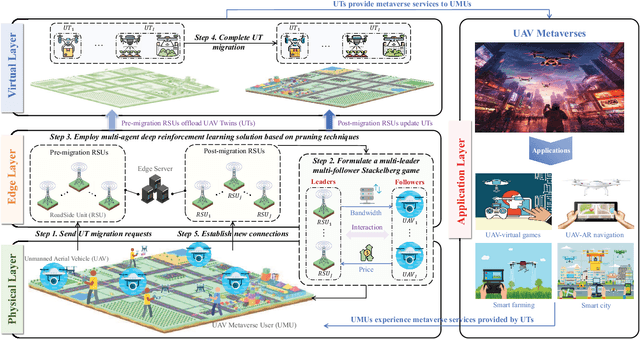
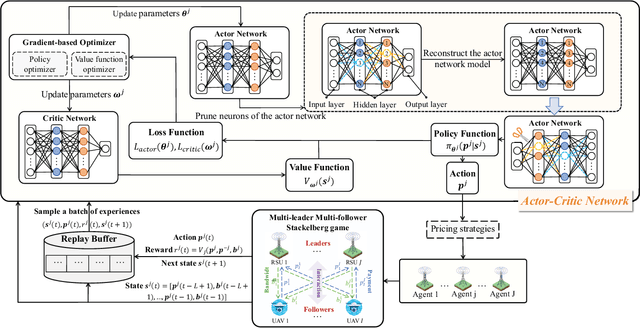
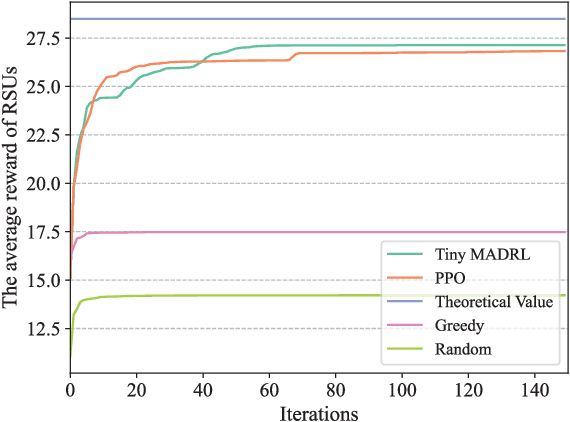
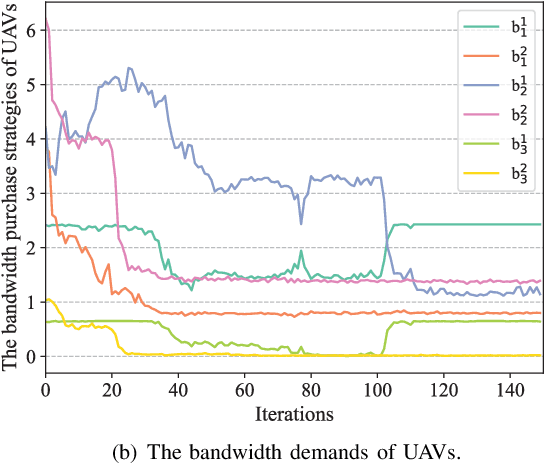
Abstract:The synergy between Unmanned Aerial Vehicles (UAVs) and metaverses is giving rise to an emerging paradigm named UAV metaverses, which create a unified ecosystem that blends physical and virtual spaces, transforming drone interaction and virtual exploration. UAV Twins (UTs), as the digital twins of UAVs that revolutionize UAV applications by making them more immersive, realistic, and informative, are deployed and updated on ground base stations, e.g., RoadSide Units (RSUs), to offer metaverse services for UAV Metaverse Users (UMUs). Due to the dynamic mobility of UAVs and limited communication coverages of RSUs, it is essential to perform real-time UT migration to ensure seamless immersive experiences for UMUs. However, selecting appropriate RSUs and optimizing the required bandwidth is challenging for achieving reliable and efficient UT migration. To address the challenges, we propose a tiny machine learning-based Stackelberg game framework based on pruning techniques for efficient UT migration in UAV metaverses. Specifically, we formulate a multi-leader multi-follower Stackelberg model considering a new immersion metric of UMUs in the utilities of UAVs. Then, we design a Tiny Multi-Agent Deep Reinforcement Learning (Tiny MADRL) algorithm to obtain the tiny networks representing the optimal game solution. Specifically, the actor-critic network leverages the pruning techniques to reduce the number of network parameters and achieve model size and computation reduction, allowing for efficient implementation of Tiny MADRL. Numerical results demonstrate that our proposed schemes have better performance than traditional schemes.
Resource-efficient Generative Mobile Edge Networks in 6G Era: Fundamentals, Framework and Case Study
Dec 19, 2023Abstract:As the next-generation wireless communication system, Sixth-Generation (6G) technologies are emerging, enabling various mobile edge networks that can revolutionize wireless communication and connectivity. By integrating Generative Artificial Intelligence (GAI) with mobile edge networks, generative mobile edge networks possess immense potential to enhance the intelligence and efficiency of wireless communication networks. In this article, we propose the concept of generative mobile edge networks and overview widely adopted GAI technologies and their applications in mobile edge networks. We then discuss the potential challenges faced by generative mobile edge networks in resource-constrained scenarios. To address these challenges, we develop a universal resource-efficient generative incentive mechanism framework, in which we design resource-efficient methods for network overhead reduction, formulate appropriate incentive mechanisms for the resource allocation problem, and utilize Generative Diffusion Models (GDMs) to find the optimal incentive mechanism solutions. Furthermore, we conduct a case study on resource-constrained mobile edge networks, employing model partition for efficient AI task offloading and proposing a GDM-based Stackelberg model to motivate edge devices to contribute computing resources for mobile edge intelligence. Finally, we propose several open directions that could contribute to the future popularity of generative mobile edge networks.
Service Reservation and Pricing for Green Metaverses: A Stackelberg Game Approach
Aug 09, 2023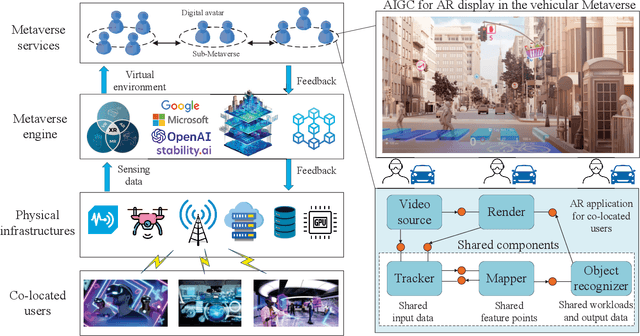
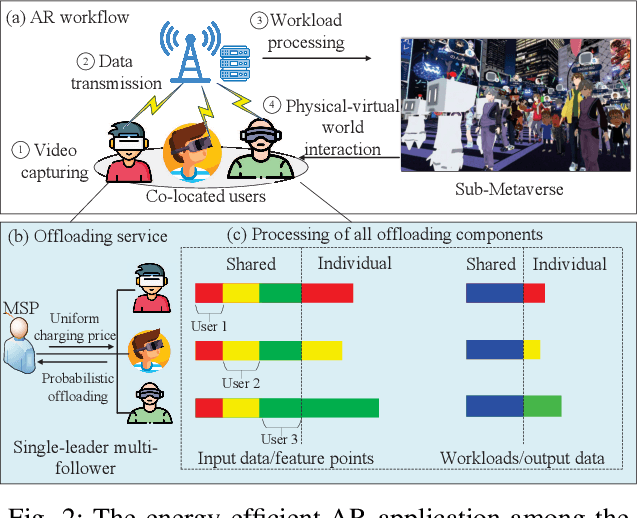
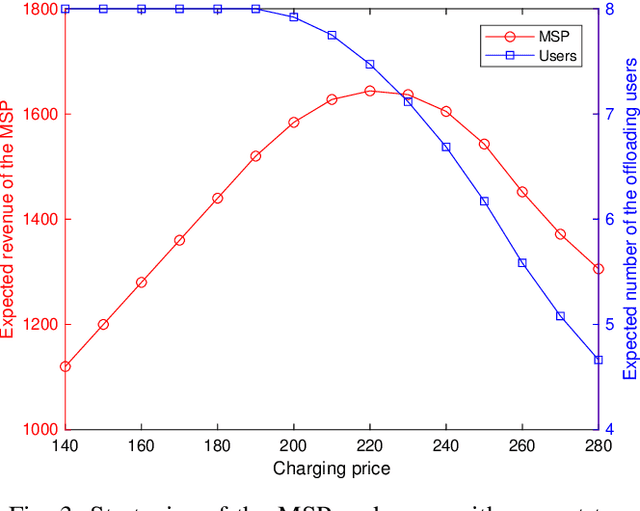
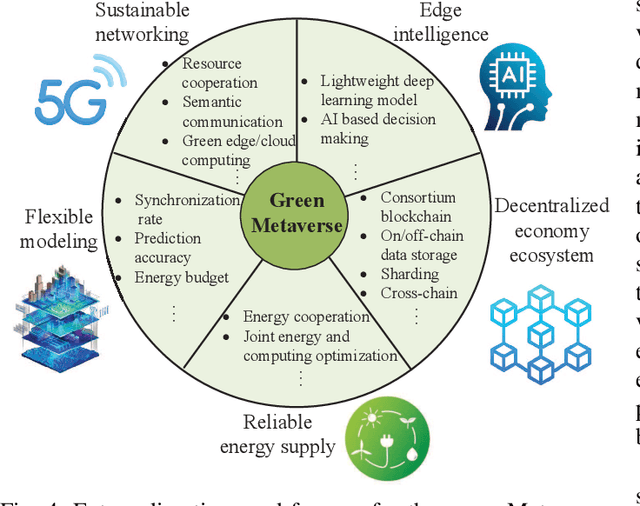
Abstract:Metaverse enables users to communicate, collaborate and socialize with each other through their digital avatars. Due to the spatio-temporal characteristics, co-located users are served well by performing their software components in a collaborative manner such that a Metaverse service provider (MSP) eliminates redundant data transmission and processing, ultimately reducing the total energy consumption. The energyefficient service provision is crucial for enabling the green and sustainable Metaverse. In this article, we take an augmented reality (AR) application as an example to achieve this goal. Moreover, we study an economic issue on how the users reserve offloading services from the MSP and how the MSP determines an optimal charging price since each user is rational to decide whether to accept the offloading service by taking into account the monetary cost. A single-leader multi-follower Stackelberg game is formulated between the MSP and users while each user optimizes an offloading probability to minimize the weighted sum of time, energy consumption and monetary cost. Numerical results show that our scheme achieves energy savings and satisfies individual rationality simultaneously compared with the conventional schemes. Finally, we identify and discuss open directions on how several emerging technologies are combined with the sustainable green Metaverse.
Blockchain-empowered Federated Learning for Healthcare Metaverses: User-centric Incentive Mechanism with Optimal Data Freshness
Jul 29, 2023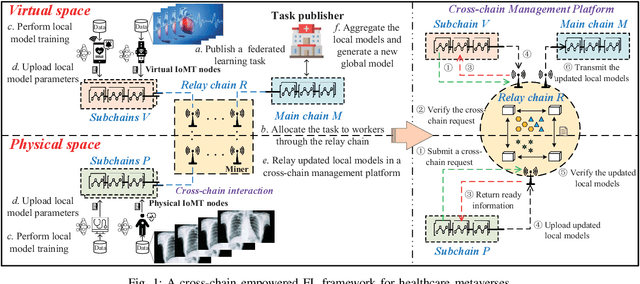
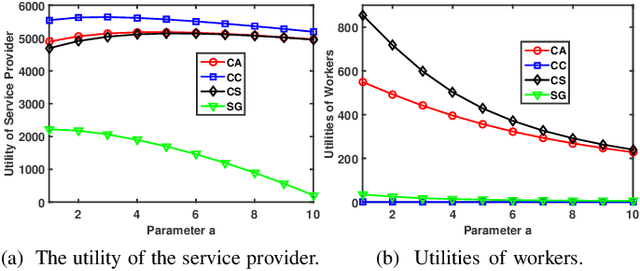
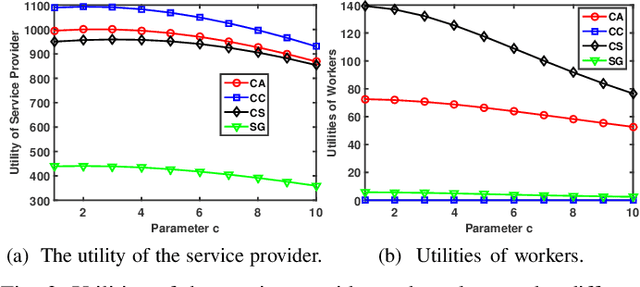
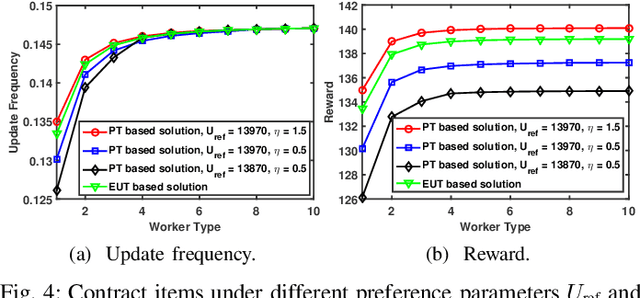
Abstract:Given the revolutionary role of metaverses, healthcare metaverses are emerging as a transformative force, creating intelligent healthcare systems that offer immersive and personalized services. The healthcare metaverses allow for effective decision-making and data analytics for users. However, there still exist critical challenges in building healthcare metaverses, such as the risk of sensitive data leakage and issues with sensing data security and freshness, as well as concerns around incentivizing data sharing. In this paper, we first design a user-centric privacy-preserving framework based on decentralized Federated Learning (FL) for healthcare metaverses. To further improve the privacy protection of healthcare metaverses, a cross-chain empowered FL framework is utilized to enhance sensing data security. This framework utilizes a hierarchical cross-chain architecture with a main chain and multiple subchains to perform decentralized, privacy-preserving, and secure data training in both virtual and physical spaces. Moreover, we utilize Age of Information (AoI) as an effective data-freshness metric and propose an AoI-based contract theory model under Prospect Theory (PT) to motivate sensing data sharing in a user-centric manner. This model exploits PT to better capture the subjective utility of the service provider. Finally, our numerical results demonstrate the effectiveness of the proposed schemes for healthcare metaverses.
Multi-Agent Deep Reinforcement Learning for Dynamic Avatar Migration in AIoT-enabled Vehicular Metaverses with Trajectory Prediction
Jun 26, 2023Abstract:Avatars, as promising digital assistants in Vehicular Metaverses, can enable drivers and passengers to immerse in 3D virtual spaces, serving as a practical emerging example of Artificial Intelligence of Things (AIoT) in intelligent vehicular environments. The immersive experience is achieved through seamless human-avatar interaction, e.g., augmented reality navigation, which requires intensive resources that are inefficient and impractical to process on intelligent vehicles locally. Fortunately, offloading avatar tasks to RoadSide Units (RSUs) or cloud servers for remote execution can effectively reduce resource consumption. However, the high mobility of vehicles, the dynamic workload of RSUs, and the heterogeneity of RSUs pose novel challenges to making avatar migration decisions. To address these challenges, in this paper, we propose a dynamic migration framework for avatar tasks based on real-time trajectory prediction and Multi-Agent Deep Reinforcement Learning (MADRL). Specifically, we propose a model to predict the future trajectories of intelligent vehicles based on their historical data, indicating the future workloads of RSUs.Based on the expected workloads of RSUs, we formulate the avatar task migration problem as a long-term mixed integer programming problem. To tackle this problem efficiently, the problem is transformed into a Partially Observable Markov Decision Process (POMDP) and solved by multiple DRL agents with hybrid continuous and discrete actions in decentralized. Numerical results demonstrate that our proposed algorithm can effectively reduce the latency of executing avatar tasks by around 25% without prediction and 30% with prediction and enhance user immersive experiences in the AIoT-enabled Vehicular Metaverse (AeVeM).
 Add to Chrome
Add to Chrome Add to Firefox
Add to Firefox Add to Edge
Add to Edge